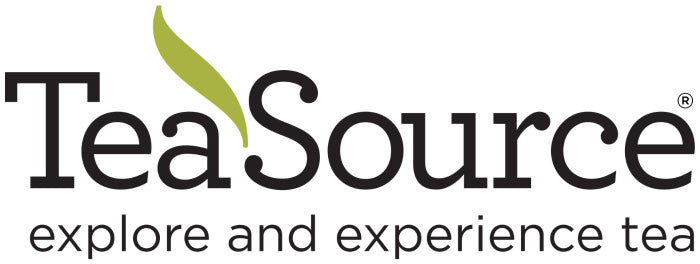What is Herbal Tea?
“Herbal tea” is a catch-all phrase applied to products that are steeped in a manner similar to tea, but are not from the Camellia Sinensis plant. This can include any number of plants such as chamomile, peppermint, rooibos, lavender, hibiscus, ginger, etc. – some of which are enjoyed by themselves or blended together with other products. Herbal products are often referred to as “tisanes”, which is a French word meaning “beverage made from herbal infusion.”
How are “Herbal Tisanes” Different From “Tea”?
Herbal teas do not go through the great variety of elaborate and differing processing techniques that produce seven categories of tea from one plant, Camellia sinensis.
All herbal teas are the simple, direct product of individual/unique plants. With herbals, it's the plants themselves that are different; with true tea, it's the processing techniques that create the differences.
So what about Caffeine?
Since herbal products are not related to the tea plant, the vast majority of them are caffeine free (yerba mate and guayusa are exceptions and both contain caffeine).
What are the Best Herbal Teas?
 Margaret’s Soother herbal blend
Margaret’s Soother herbal blend
These are not “tea” in the technical sense (though we accept the phrase), but many people steep them in a similar, casual manner. Though there are many ways to blend these various ingredients together (along with countless others not mentioned here), the following are frequently popular on their own:
Hibiscus tea
Rooibos tea
Ginger tea
Chamomile tea
Peppermint tea
Lemongrass
Rosehips
Yerba Mate
Honeybush
How to prepare herbal teas
Guidance for how to steep herbal teas greatly depends on what you are steeping, but here are some general guidelines.
Use 3-4 grams of dry tea leaves per 8-12 ounces of liquid. Steep for 3-5 minutes at water that has just been brought to a boil. Always adjust to suit your tastes.

